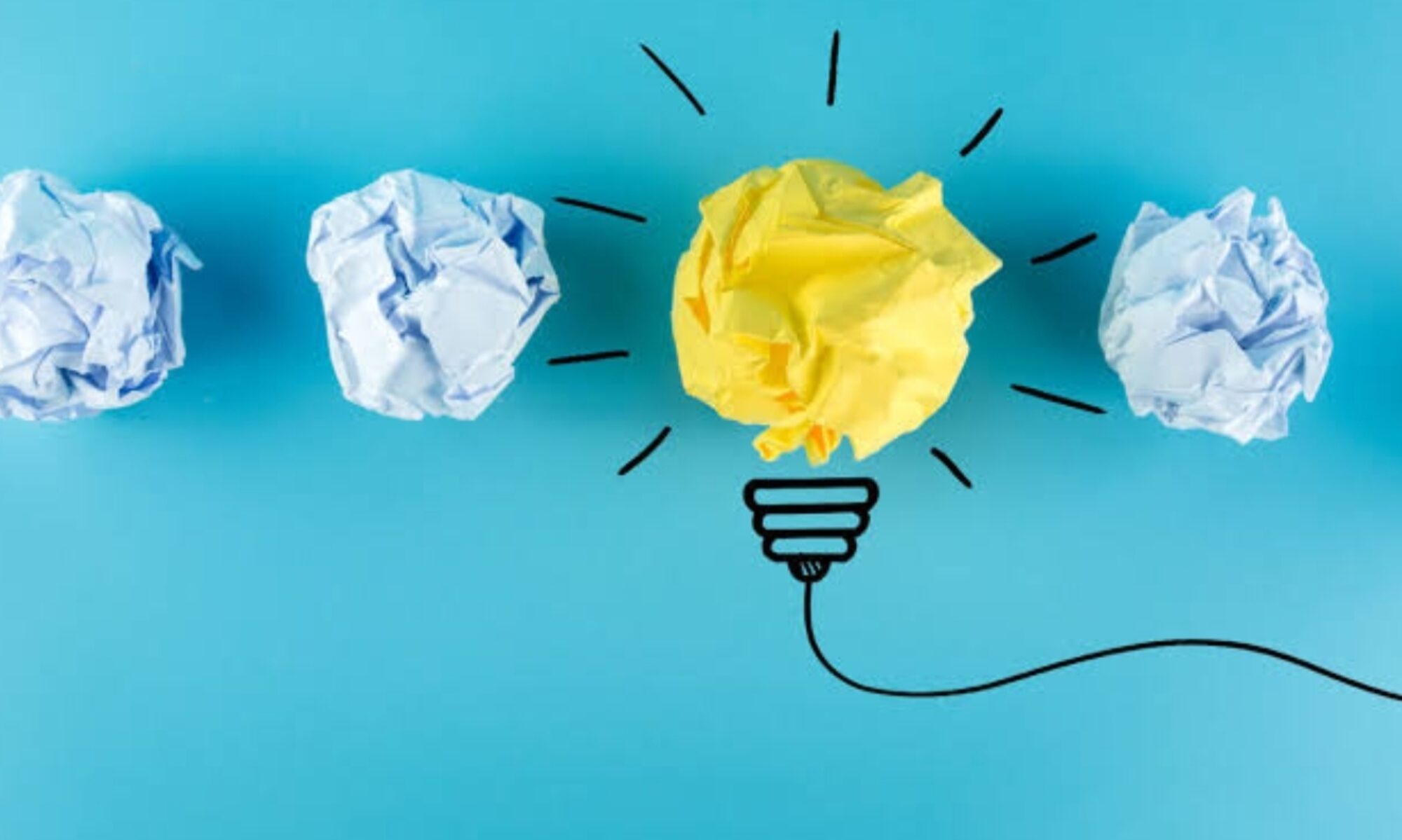If you are watching a Tennis match (assume betting is legal for a moment) and two great players are playing (say, John & Roger). You are aware that the probability for each to win is 50%. Suddenly you see that the bookies have given odds for winning as – John 2.5 and Roger 1.68.
Since we have the luxury of knowing that each player’s true chance of winning is 50%, it is clear that the 2.5 offered on John is a massive value bet, while the 1.68 offered on Roger is a disaster, still, even the most experienced people bet for Roger. As the bookies make us falsely believe that John has significantly lower chances of winning the match than Roger. The Bookies smartly use a bias called “anchoring bias” to fool our minds.

We can see Anchoring Bias working in our day-to-day life and some brands smartly use this to change buyer’s behavior.
Some common examples of Anchoring Bias
- “On Sale, 4 hand towels for Rs.100” vs. “On Sale, Rs.25/roll” In this particular experiment, the multiple unit pricing performed 40% better than the single unit pricing, even though the sale value is exactly the same. The brain uses the number four as the anchor.
- Very common method used by restaurants is to increase the “mark-up” (Pricing) of second most expensive wine bottle. Guess what, again our “Anchoring Bias” plays on our mind – we tend to order the second least-expensive bottle of wine in an attempt to avoid looking cheap.
- Generally absurd expensive premium goods are less of publicity stunts and more of strategic marketing tactics. In 2010 Serendipity 3’s restaurant used “menu anchors” in a great way. They introduced a $69 hot dog called “Foot-Long Haute Dog”. Of course, Serendipity 3 gained plenty of publicity when The Guinness Book of World Records certified this hot dog as the most expensive of all time.

- The true purpose of these ridiculously priced premium items is to make the next most expensive item seem cheaper. Customers who were drawn by the Haute Dog’s publicity gladly ordered the menu’s $17.95 cheeseburger. Even if $17.95 was too pricey elsewhere, Serendipity 3 customers deemed it reasonable in comparison to the $69 hot dog. ( Case study courtesy – right attitude)
You too can use this technique for pricing and other initiatives to boost business:- )



Sir. Very neatly explained. The factor of anchor bias..